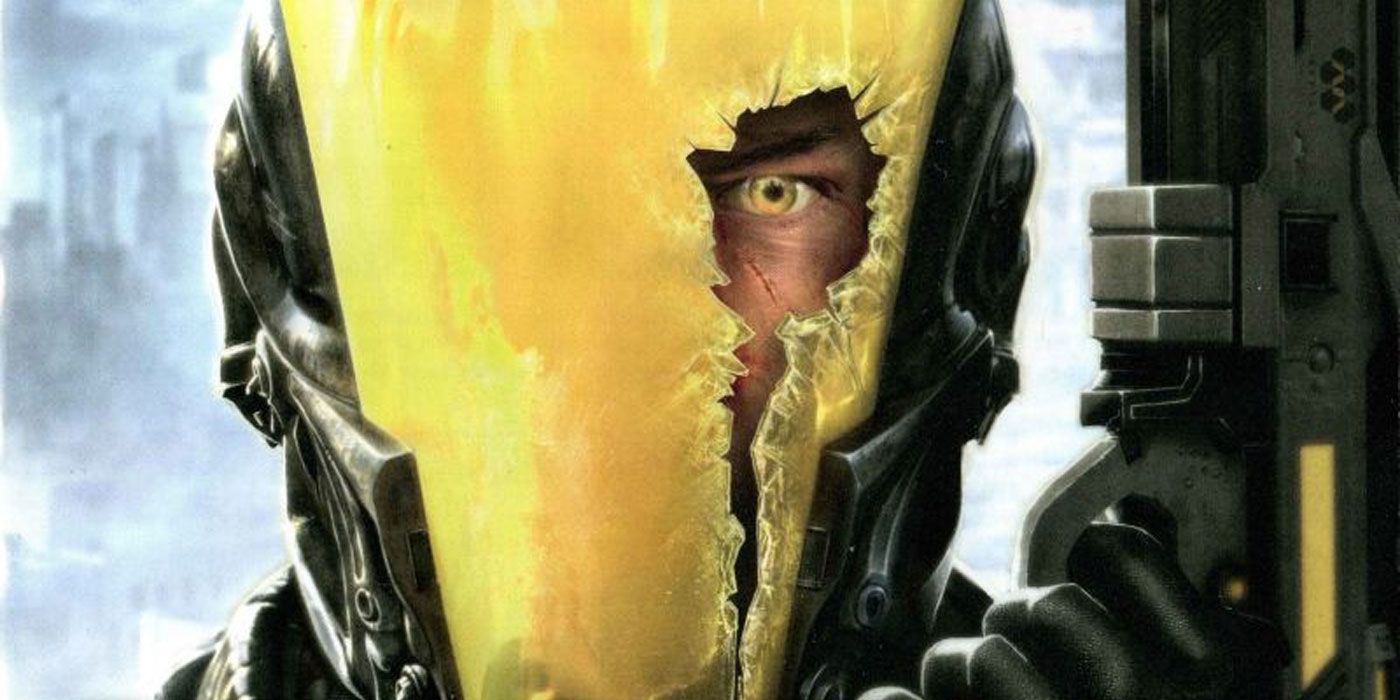
Free Radical Design was one of the most accomplished developers of the sixth generation. After releasing the iconic TimeSplitters trilogy and the criminally underrated Second Sight, Free Radical set its sights on the next generation. It began designing a game that could put the power of new consoles to good use. Opting to develop another first-person shooter was a smart choice due to the studio's pedigree, and so excitement was at a fever pitch for the release.
Touted as a "Halo Killer" before it was even released, it seems that expectation was what doomed Haze. However, the reality is all the more depressing and an all-too-common tale of a game developer being chewed up and spat out by a publisher.
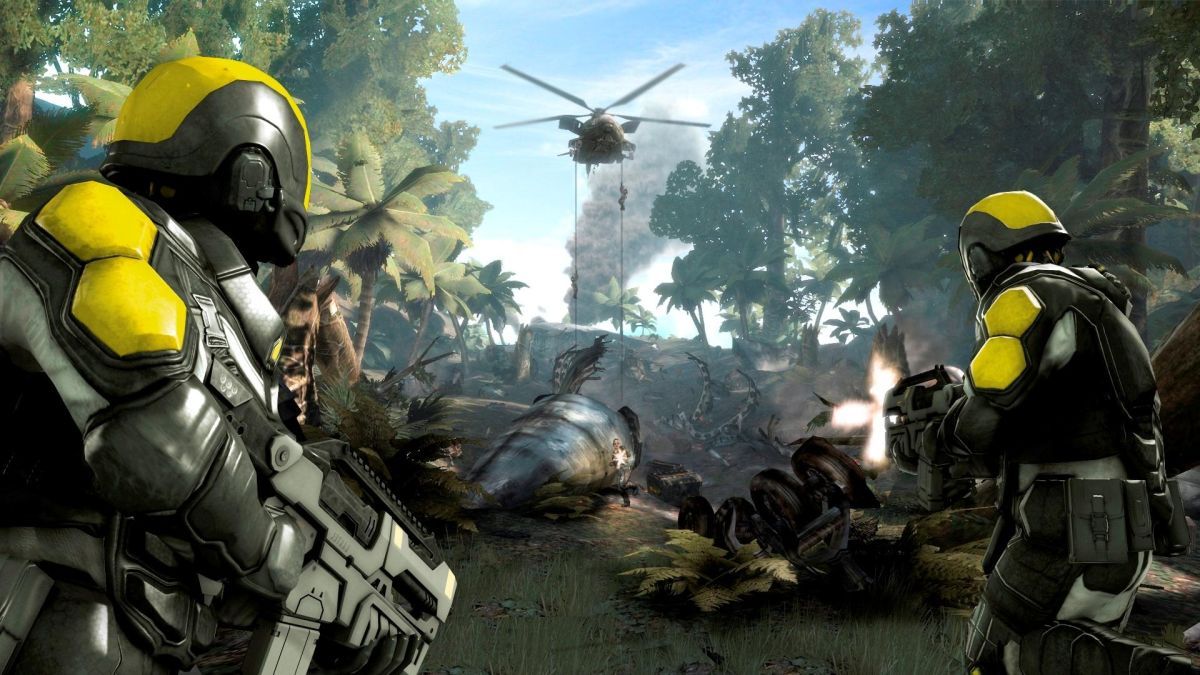
Haze was conceived as a shooter that explored the horrors of war. Soldiers of Mantel fight using a drug called Nectar, which increases their strength and durability but also makes them unable to see the consequences of war. Blood and corpses are hidden from their view as propaganda is funneled directly to their barracks. When the player character Shane Carpenter is pulled off Nectar, he understands the reality of his actions and that the Promised Hand rebellion is not the sadistic group of murderers he had been led to believe. This story ultimately culminates in Carpenter switching sides, joining the Promised Hand to defeat his former allies. This ambitious concept is reminiscent of future games such as Spec Ops: The Line in its critique of war and propaganda and is more evidence of how ahead of its time the team at Free Radical truly was.
Free Radical began Haze's development by working on a brand new engine to replace their now-outdated technology. The studio signed a contract with Ubisoft, who was at the time an up-and-coming publisher in the gaming industry. The game was announced in 2006 with a 2007 release, creating an incredibly tight deadline for the game, especially when a brand new engine was being built for development on brand new consoles for the first time.
Originally intended to be released on the PlayStation 3, Xbox 360 and PC, Haze ultimately became a PS3 exclusive. No reason for this change was ever given, but it is possible this decision was due to the immense difficulty of producing three versions of the game under such a tight deadline. Early in its life cycle, the PS3 was definitely the underdog of the console generation, and Haze's exclusivity was already severely limiting its potential sales. On top of this, the PS3 had a reputation for being incredibly difficult to develop for due to its unique architecture.
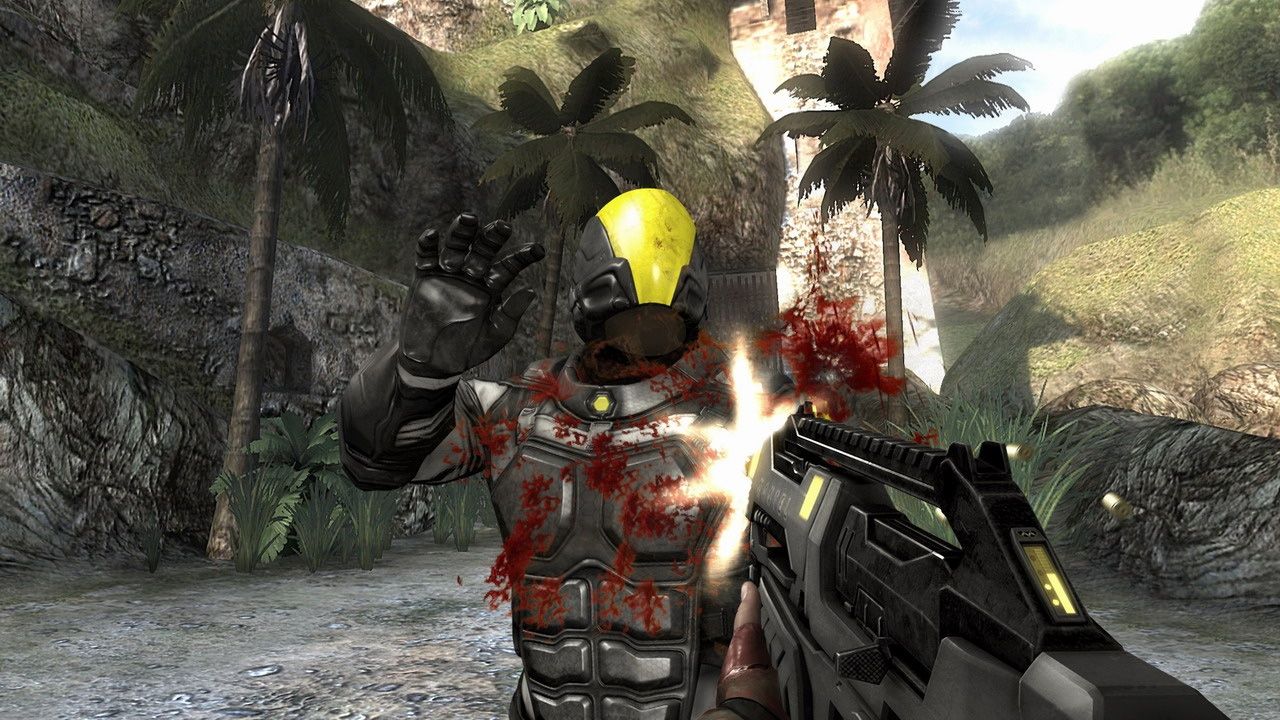
Due to the challenging development and harsh release deadline, Free Radical asked for several delays to fix the game's key features and polish the graphics and gameplay. Ubisoft would grant these requests but then demand Free Radical use the extra time to implement brand new features instead of refining the existing ones. Any attempt by the studio to remove superfluous features or refine older ones was met with negativity.
After a while, Ubisoft sent some inexperienced producers to Free Radical's office to take further control of the project. These producers would dictate exactly what the studio should be doing and frequently mandate arbitrary changes, extending the workload without extending the development time. Shockingly, any Free Radical staff that disagreed with the inexperienced producer's mandates or changes would have their pay withheld until they agreed to do exactly as they wished. Haze was no longer a Free Radical game with such incredible restrictions in place; it was a Ubisoft one, and it would show.
Free Radical ultimately stopped trying to fight the publisher and gave in to the producer's demands. The studio was subjected to a grueling crunch period to complete the game for the new release date of May 2008. Any creative spark that Free Radical had wanted to inject into the game was gone, and Ubisoft had near-total control of what the game would end up becoming.
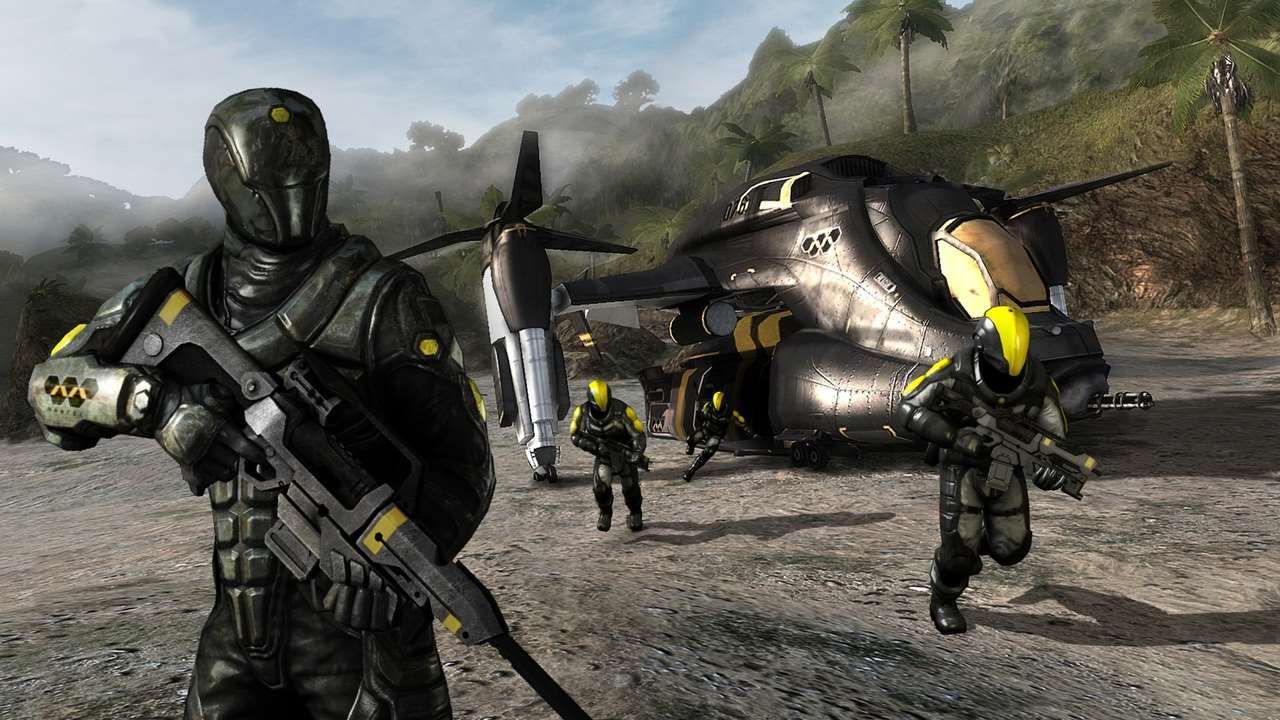
"Halo Killer" was used to describe the game multiple times before its release by various press outlets, and Ubisoft seemed to encourage such comparisons. Despite the game's struggling development and differing gameplay styles, Ubisoft was aware that such a statement might have lead to stronger sales, even if it would lead to expectations that could never be met by the finished product when it launched.
Haze was released to poor critical and commercial reception, the first time that a Free Radical game had not received positive reviews. Ubisoft nixed the potential of releasing the game on the Xbox 360 or PC after seeing the response to its release and left Free Radical to suffer the consequences of their mismanagement. Ubisoft would move on to other projects, but Free Radical would ultimately not survive.
The game would be one of the defining factors in Free Radical entering administration and later being purchased by Crytek. When the team began pitching TimeSplitters 4, publishers would acknowledge their successful back catalog but question why Haze did so poorly, causing many publishers to opt-out of publishing a fourth TimeSplitters. The studio decided against working with EA on Haze as they had done with TimeSplitters: Future Perfect, hoping that Ubisoft would provide better treatment for the studio. Free Radical was wrong.

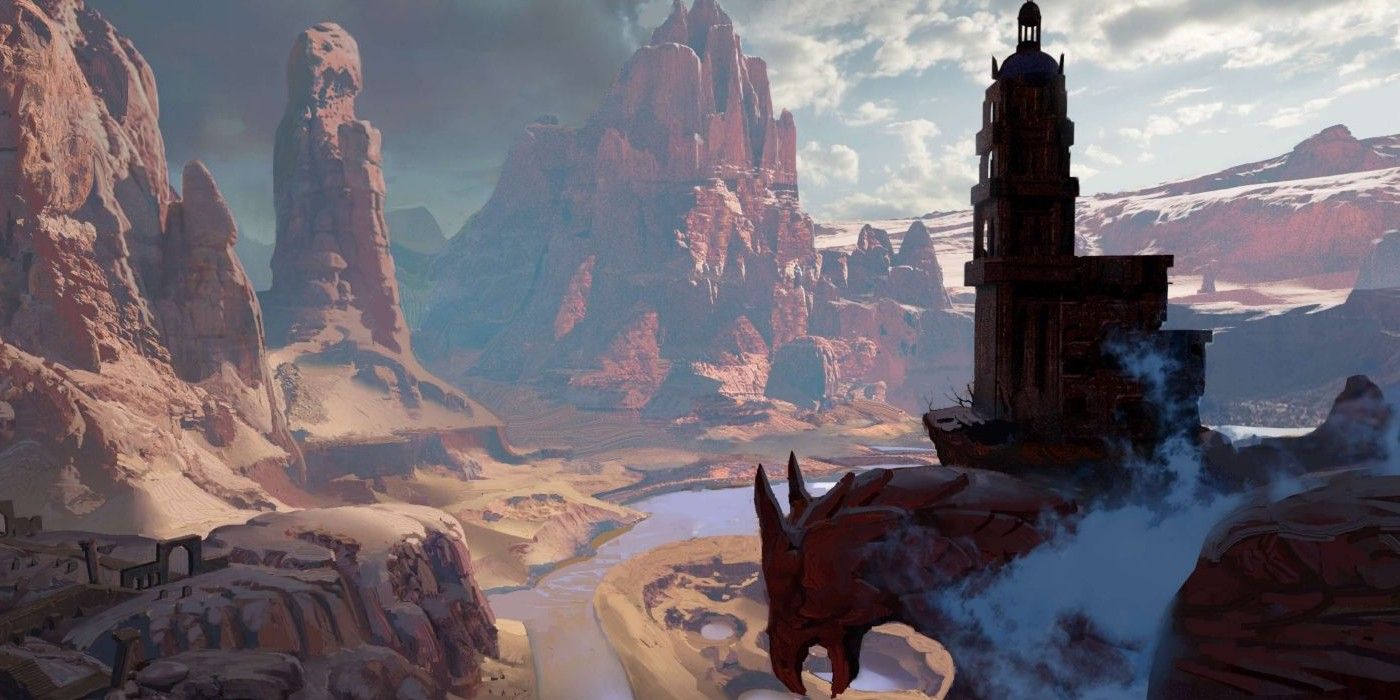

0 Comments